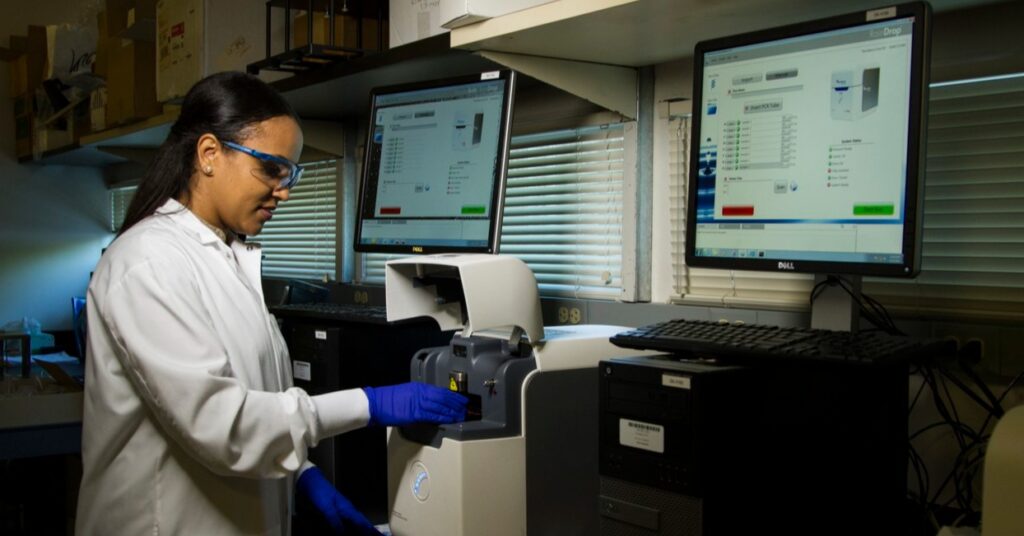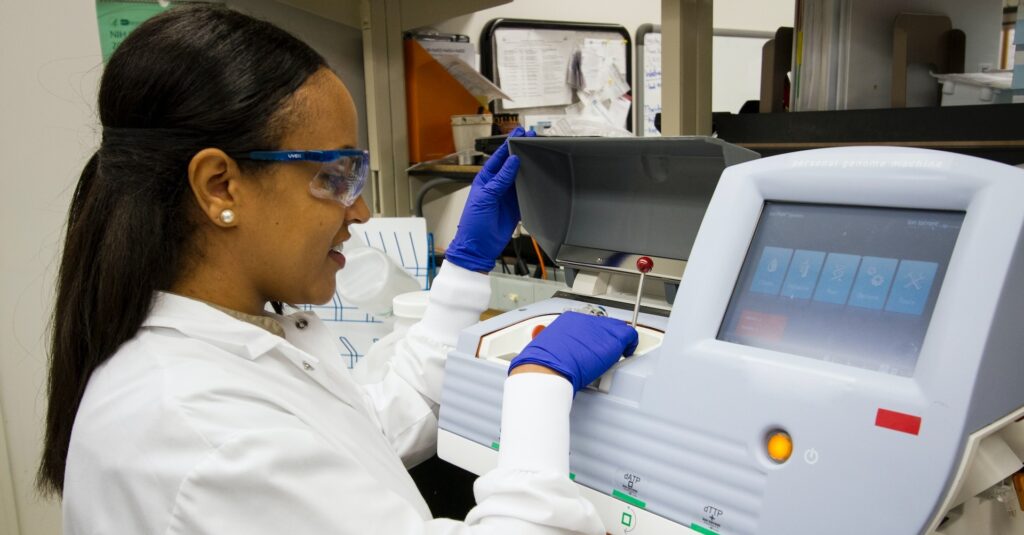
What Is the Epidemiological Triangle?
The epidemiological triad or triangle is an organized methodology used [...]

You know what they say: behind every good athlete is a good physical therapist (and by “they,” we mean the American Physical Therapy Association, of course). Sports physical therapists are on the sidelines of NFL games, assisting the quarterback in between plays. They’re in outpatient clinics, working with injured high school athletes and aching weekend warriors. And they’re in health clubs and healthcare centers, assessing active adults hoping to avoid injury and improve their form. In fact, wherever you find athletes of any level, you’ll find sports physical therapists providing expertise and guidance.
This well-paying, low-stress career unsurprisingly ranks high in job satisfaction surveys. US News & World Report ranked physical therapy in the top 20 on its list of best jobs in 2019. PTs love many aspects of their job, not least among them the reasonable work-life balance. There are very few late-night emergencies in sports physical therapy.
It’s also a growing field. The Bureau of Labor Statistics predicts a 22 percent increase in the physical therapy job market over the next decade. That’s more than three times the growth rate for the job market as a whole. (Perhaps now would be a good time to invest in the company that makes Ace bandages.)
There are many physical therapy niches Sports physical therapy is an excellent fit for PTs who love being active and who love sports as well. With a degree in this specialized field, you’ll have the opportunity to use sports medicine to help active people feel better and function at their highest levels.
In this guide, we’ll discuss:
As a sports physical therapist, it’s your job to create and implement a treatment plan for athletes to increase strength, range of motion, balance, posture, and coordination. You’re also responsible for keeping swelling and pain in check. You’ll need an in-depth knowledge of sports-specific rehabilitation, which you’ll earn through advanced education and hands-on experience.
Before exploring different physical therapy programs, consider the pros and cons of sports physical therapy:
Sports physical therapists do much of the same work as other kinds of physical therapists do. That includes, sadly, plenty of administrative work, particularly if you accept health insurance (some in-demand PTs insist on direct payment of fees, but most cannot afford this luxury). The work differs primarily in your clientele: athletes, concerned coaches, parents, and the healthcare professionals with whom you collaborate.
Sports physical therapists typically work for:
The American Physical Therapy Association has established minimum clinical educational requirements for physical therapists. To achieve this knowledge and skill set, students must be committed to learning both the basics and additional, technical information for a sports-focused practice.
Students considering careers in sports physical therapy must first complete their bachelor’s degree. Popular majors include exercise science and athletic training. Some then pursue a master’s degree in exercise physiology, occupational therapy, or rehabilitative sciences.
Next, you’ll need to earn a Doctor of Physical Therapy from one of the 250 programs accredited by the Commission on Accreditation in Physical Therapy Education. Tuition for this three-year degree ranges from $30,938 per year (University of California – San Francisco, California residents) to $67,389 per year (University of Southern California, first and second year; $40,715 for third year).
Not every physical therapy school offers a specialized focus in sports. A 2017 government study found that just 43 percent of the responding PT schools offered programs designed for this track. The research also found that class time consisted mostly of lectures and laboratory work, with independent study and field observation serving as smaller portions of the learning process.
You must pass a national exam to receive your physical therapy license, which must be renewed on an annual basis. Continuing education is required by most states in order to renew the license.
Sports physical therapy is a highly specialized field, with fewer than 2,500 people certified by the American Board of Physical Therapy Specialists since the specialty was first created in 1981. To qualify for this voluntary accreditation, applicants must be licensed to practice physical therapy in the United States through the Federation of State Boards of Physical Therapy.
Sports physical therapists must also hold an active certification in CPR from the American Heart Association or the American Red Cross.
To qualify for special certification in acute management of injury and illness, you must complete continuing education courses (minimum 14 hours) approved by the ABPTS Sports Specialty Council. You must also demonstrate at least demonstrate 2,000 hours of direct patient care, including at least 100 hours of direct experience covering an athletic venue; 50 percent of the time must be spent covering contact sports. The ABPTS identifies acute management of illness and injury as “one of the hallmark areas… that delineates a sports physical therapist.”
Often, sports physical therapists will apply for accreditation to other boards as well to further refine their practice and increase their earning potential. Organizations that offer additional certifications include the National Academy of Sports Medicine
and the American Council on Exercise.
Established in 1973, the American Physical Therapy Association offers a special section for sports physical therapy as a means to share skills and resources. Called the American Academy of Sports Physical Therapy, this section has nearly 8,000 members to date.
Benefits of joining the AASPT include:
Upon graduation with a Doctor of Physical Therapy degree, aspiring sports physical therapists often embark on a residency or fellowship program to become more adept in the specialized treatment of athletes. Determining which postgraduate program depends on what career path interests you, according to the American Board of Physical Therapy Residency and Fellowship Education. In general:
After that, many sports physical therapists work in an outpatient private practice with other physical therapists. They can also work in hospitals, in patients’ homes, or in nursing homes. With experience and in markets with a growing need, many open their own private practice.
Although becoming accredited as a sports physical therapist reflects a substantial investment in education and years of experience, many of these professionals continue to develop their careers over time. The American Physical Therapy Association provides resources to becoming a credentialed clinical instructor, or you could pursue a postdoctoral degree in physical therapy. There are currently 11 schools in the United States to offer this advanced academic path.
Education can also come from the continuing education credits often required to maintain licensure. The requirements can be fulfilled in many ways, from taking a course to publishing papers, depending on the state. This ensures the professional is aware of the latest advances in the field.
Prospective sports physical therapists must complete many years of education and hands-on training. It’s hard work, but a lucrative and rewarding career awaits those who can handle it.
Questions or feedback? Email editor@noodle.com

The epidemiological triad or triangle is an organized methodology used [...]

A family nurse practitioner (FNP) provides comprehensive primary health care [...]

FNPs practice in a broad range of health care settings. [...]

Some epidemiologists assist pharmaceutical companies in developing safer medicines. Some [...]

A Bachelor of Science in Nursing (BSN) is a four-year [...]
Categorized as: Physical Therapy, Nursing & Healthcare